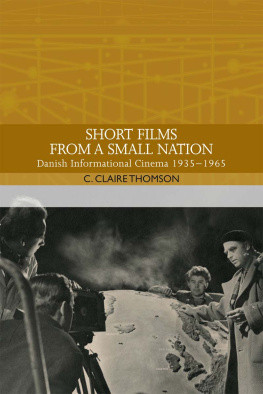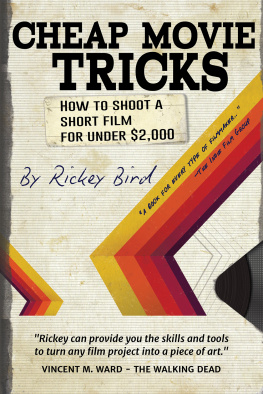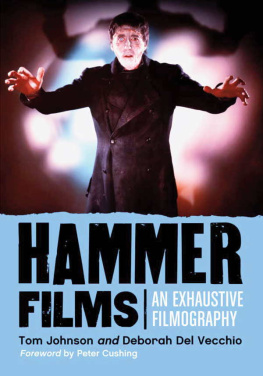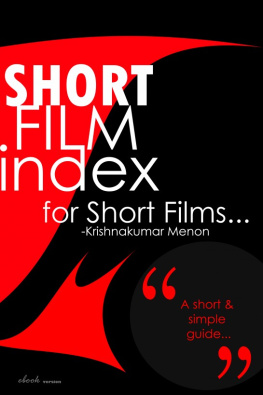With a history as long as cinema itself, the short film is a vital format. It provides the opportunity for the filmmaker to experiment and learn in equal measure. Although most filmmakers long for big budgets and the opportunity to direct a feature-length film, its easy to forget the artistic and commercial restrictions that come with studio backing; and work dictated by finance rather than creativity often compromises the directors vision. Short filmmaking offers the chance to express yourself without these limitations, the freedom to deal with ideas, subject matter and aesthetics that might be considered either too radical or commonplace for features.
Whether you are planning on making a 15-second video piece or a 30-minute drama on 35mm, you will be dealing with the same principles and processes of filmmaking. You may intend to make a short either as a chance to experiment or as a stepping-stone to feature directing, but the process of producing it will give you invaluable first-hand experience and also the potential to influence and inspire others through your film.
Due to technological advances, filmmaking is no longer a medium reserved for professionals. With the ever-increasing quality of domestic cameras and computer-based editing systems, its now possible to create a film with a high-end look for very little. With the accessibility and quality of this equipment, more and more people are now becoming involved in short filmmaking. As a result, there are more places to screen your film once its made, whether through Internet streaming, or at one of the many worldwide film festivals.
While its a great time to be making short films, the journey can be perilous. There are endless choices to be made at every stage, from formats, through casting to distribution. If you arent armed with the right knowledge, its easy to become unstuck along the way. Many potential filmmakers find the process daunting, and this can lead to unfinished films or shorts that, once made, simply never get seen. This book is designed to help you to overcome these hurdles and facilitate the entire short filmmaking process, giving you insight into the options available to you, and helping you find the right route for your film; from the initial idea to the moment when an audience finally watches it on the screen.
CONTEXT
Although the first films ever made were short in nature, the longer-duration format or feature film evolved quickly. Traditionally, filmmaking has belonged to large film studios that generated their monopoly on cinema through commercial productions, with feature-length films their most financially viable products. Due to its lack of commercial viability, short film has almost exclusively existed as an independent art form, often the only type of filmmaking available to people unconnected to or backed by large studios.
Short films independent nature has ensured it as a fertile area of innovation and experimentation, at the cutting edge of film, both technically and ideologically. Unhindered by more conservative studio systems, shorts have really been the breeding ground for many of the ideas and approaches that have then been re-absorbed into features. Short filmmaking therefore provides you with an opportunity to influence the way that films are made and how they look, as well as audiences and other filmmakers. Just one short film Maya Derens experimental Meshesof the Afternoon for example is capable of redefining how people perceive films and cinema in general.
EXPERIENCE
At the beginning of your filmmaking process you need to build enough knowledge of all the different elements that go into creating a complete film. This does not mean reading every book and manual on the subject. While books on filmmaking are a valuable resource, filmmaking cannot be learned theoretically. Although it requires meticulous planning and coordination, it also relies on intuition, creativity and experience. The real learning process occurs when you put your ideas into practice. Its only by getting out there and making your own films, or helping others to make theirs, that you will begin to gain a thorough understanding of how films are really made. Its this experience that will ultimately help you develop a sense for filmmaking and allow you to hone your skills.
If you are a novice filmmaker you may strive for perfection, but youll learn a great deal through your mistakes. The disappointment you may feel when your film on screen doesnt match up with your original vision shouldnt discourage, but rather inspire you. You can use what you have learned to make your next project better, and its largely through this process that you will develop into a skilful and well-rounded filmmaker.
SKILLS
Filmmaking by its very nature doesnt depend on the talent of just one person, and what makes a good film is a unique combination of skilled people. The most important skill that you need as a director, or filmmaker, is the ability to communicate your vision to other people, not just with your finished film but to those involved in the process of making it. Whether its with an actor, cinematographer or composer, you will need to communicate clearly what you have in mind and what you require of them to make your ideas possible. For this you need to develop specific communication skills and learn the languages of filmmaking. Each filmmaking discipline has its own specific terminology and mode of expression. Explaining to an actor what emotion you would like them to manifest is very different to explaining to a Director of Photography (DP) how you would like a shot to be framed and lit. One of the key purposes of this book is to explain the languages of the different roles involved in filmmaking and help you to communicate your ideas.
WHAT YOU WILL GET OUT OF THIS BOOK
These days short film is an ubiquitous art form. You can make one on your phone in 20 seconds, have it on the net in a few minutes and potentially broadcast it to millions on YOUTUBE in a matter of days. This book, however, is designed for people that want to push their ideas and skills towards more complex productions. Creating short films that are well-thought out, well-crafted and well-executed.
This book is designed to cover the majority of technical aspects and options involved in completing a short film. It should provide you with a comprehensive overview that will allow you to choose from a range of established methods and techniques to create your own unique film. Although these methods are based on conventional filmmaking practices, the films you make dont have to be. It merely provides a structure within which you can create your own vision. Subjects such as cinematography or scriptwriting are discussed but for more in-depth treatment you would be wise to look elsewhere.
Aside from an all-round practical and theoretical knowledge, a range of interviews also offers you the opportunity to observe how other filmmakers have created their films.
Although there is no one filmmaking formula, there are many established filmmaking methods, some of which have evolved from the feature film industry and are often adapted and downsized for the purposes of short filmmaking.
Although a number may not apply to small-budget short films, several are extremely useful if not essential in planning and shooting a short of any length or budget.
Filmmaking protocol is of course always in flux. Established methods can suddenly become obsolete with the advent of a new piece of technology. Even well-established conventions are constantly being modified and tailored to suit the needs of an individual film. Most feature filmmaking methods have come about in order to make the process of production more efficient and minimise the potential for problems.




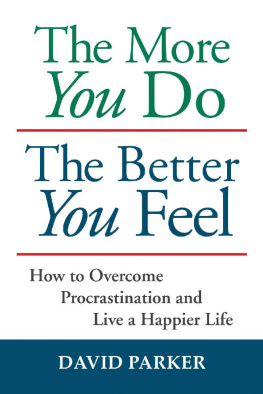
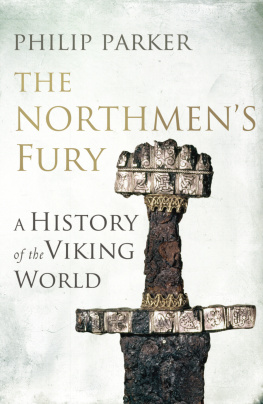
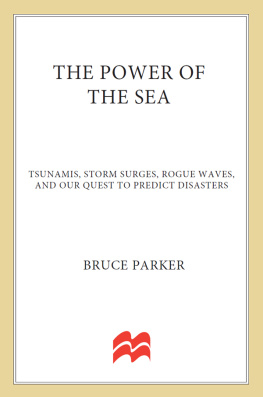

![Jon Fitzgerald - Filmmaking for Change: Make Films that Transform the World [2nd Ed.]](/uploads/posts/book/436017/thumbs/jon-fitzgerald-filmmaking-for-change-make-films.jpg)

